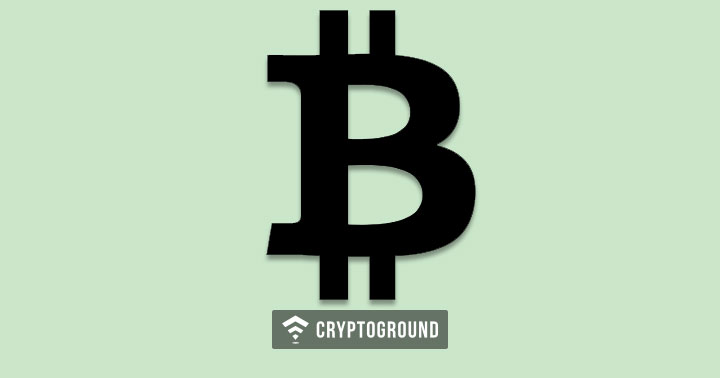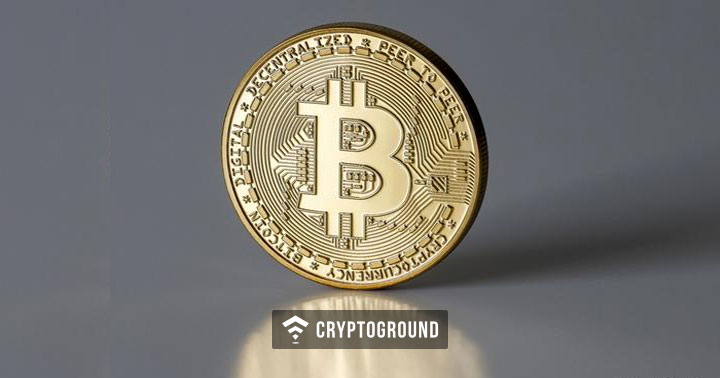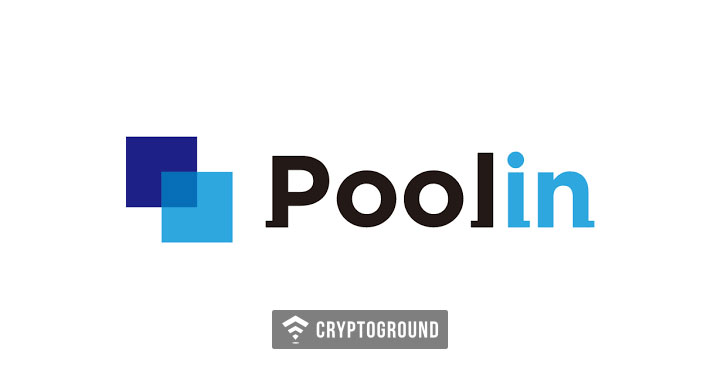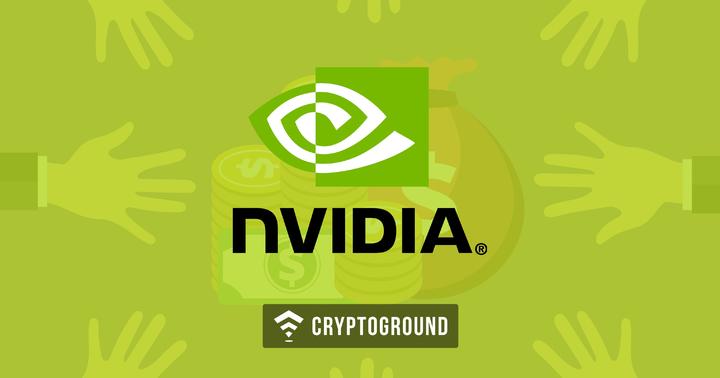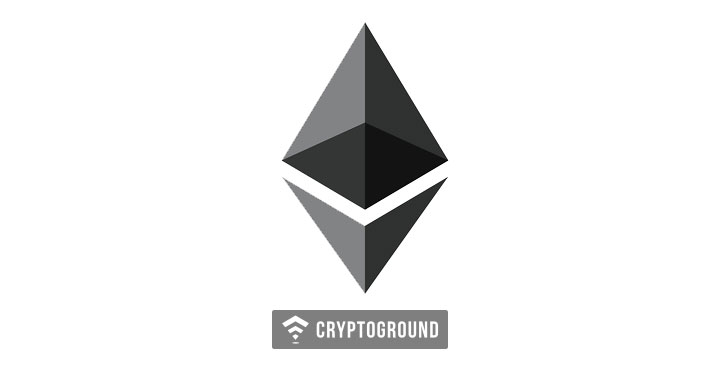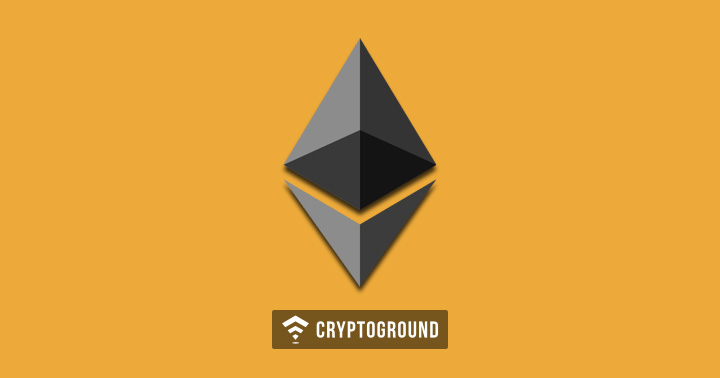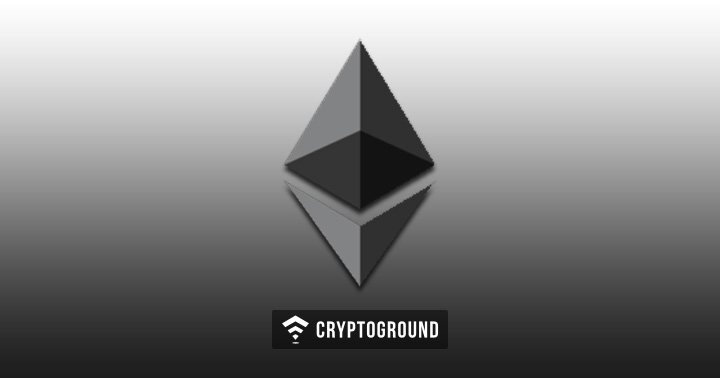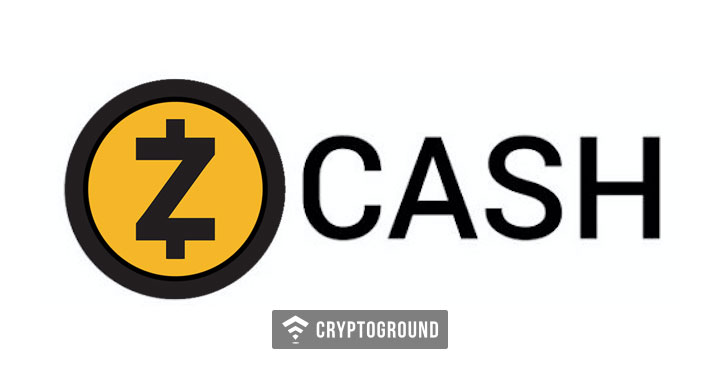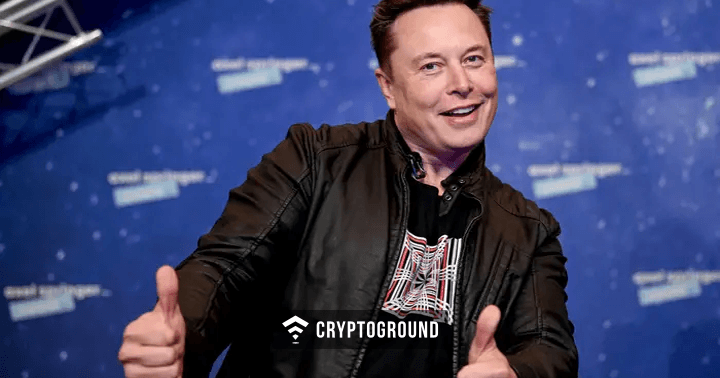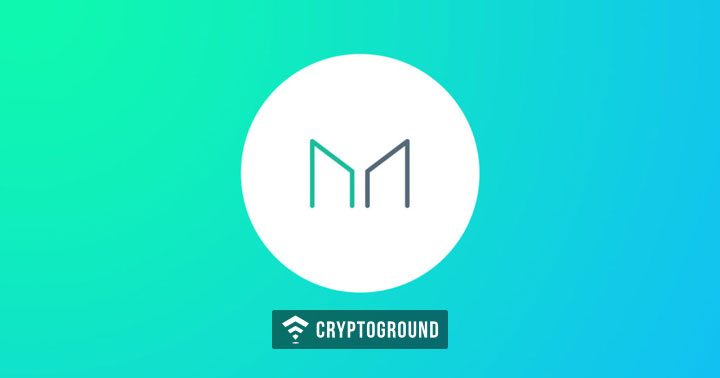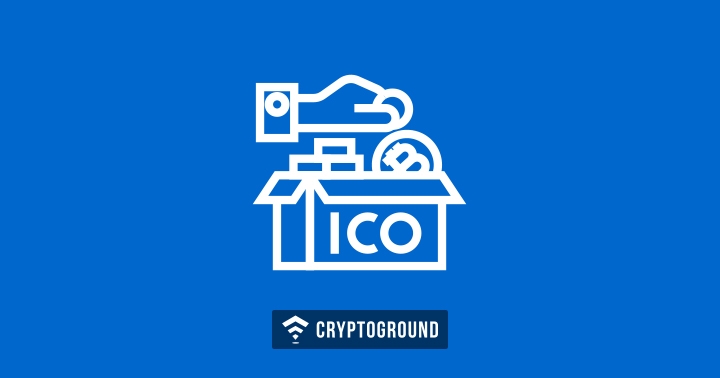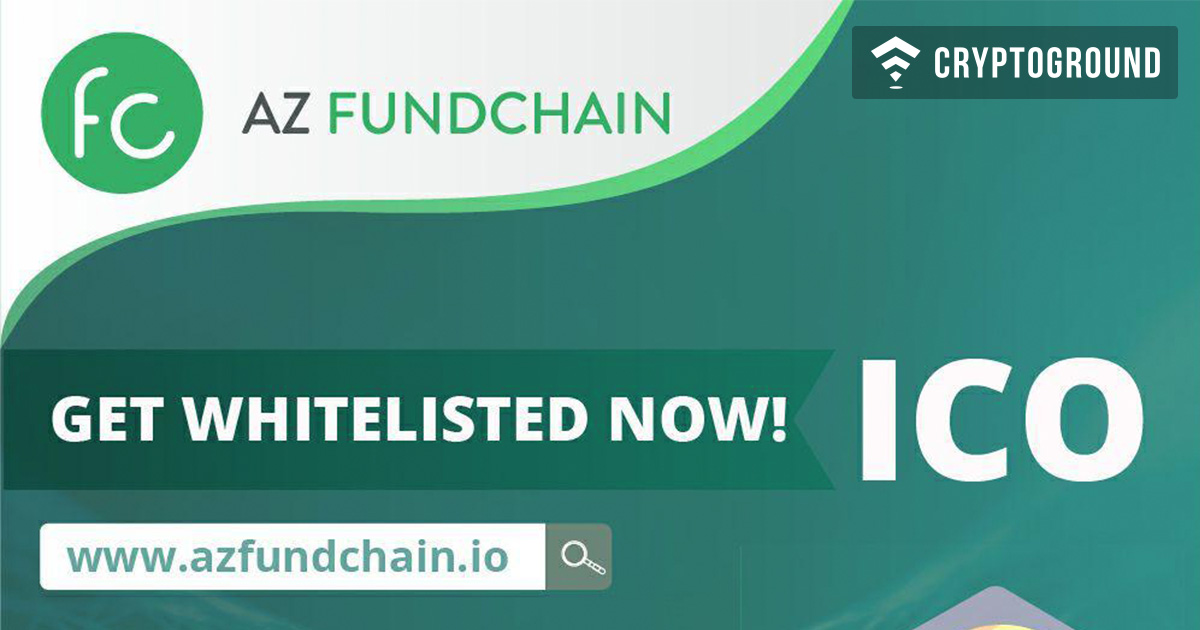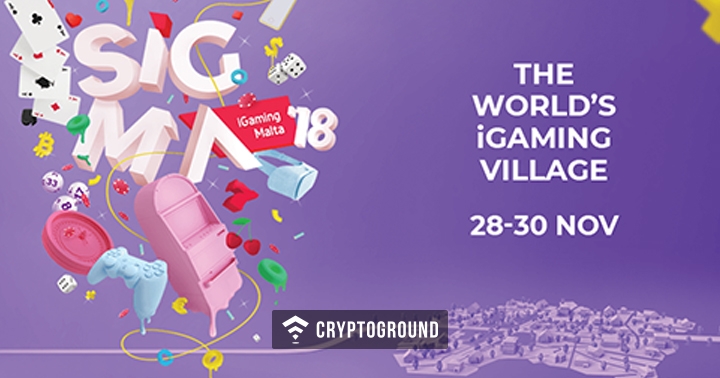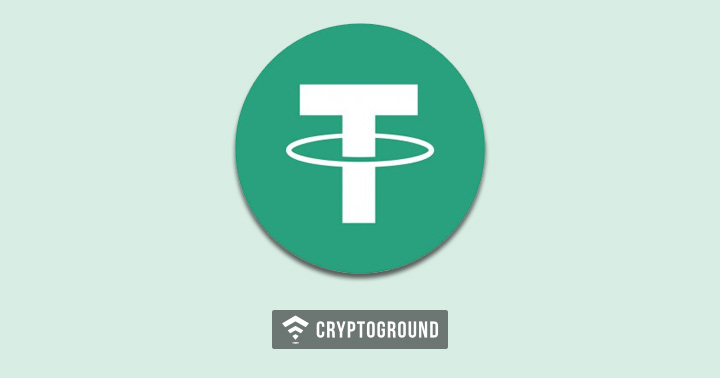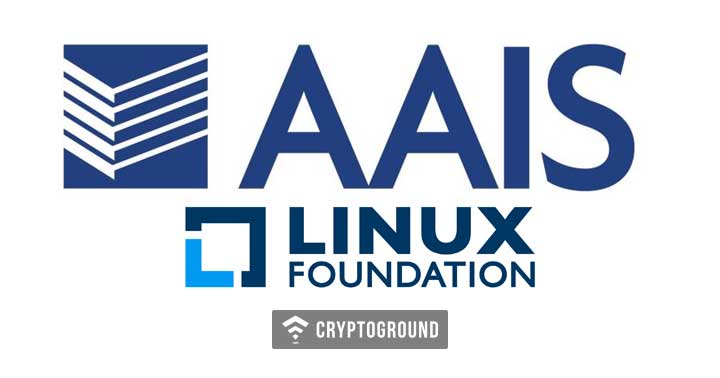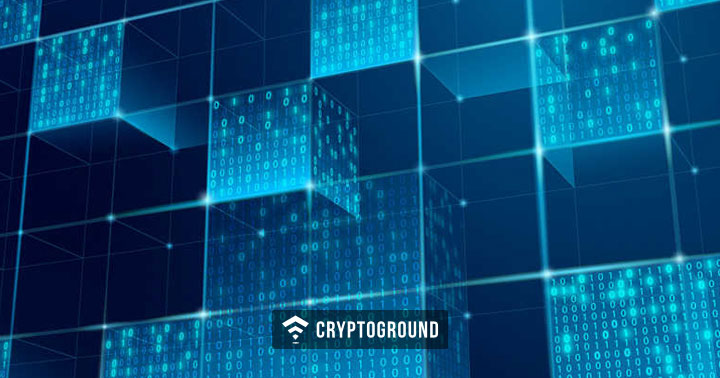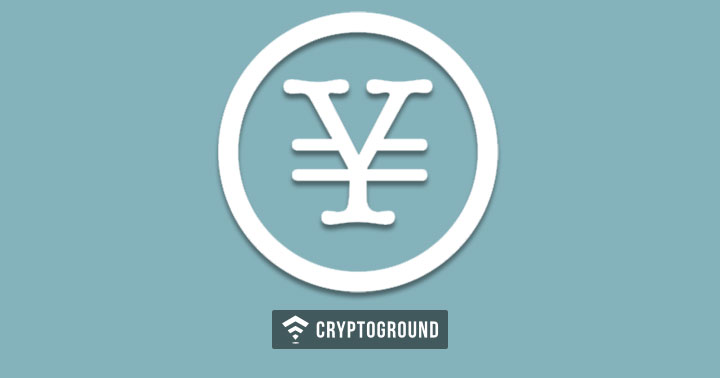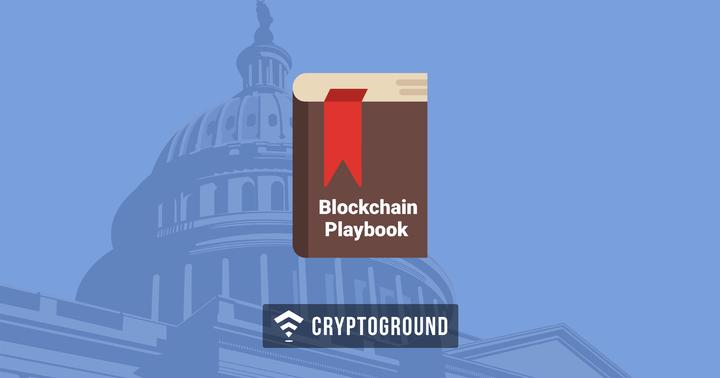These days every problem you put your hand on seems to be assured to have a savior in “Blockchain” technology. Whether be it content monitoring issues like Facebook, fulfilling contractual obligations through Smart contracts, or securing your money.
However, for companies and particularly, governments, who will apply blockchain on a wide large scale, it is now critical to objectively evaluate the true efficacy in terms of the distributed ledger. New technologies are becoming a buzzword as a panacea to a lot of things and along with artificial intelligence, Internet of things, machine automation and robotic process automation, blockchain is a technology much acclaimed. It has become important for IT managers of companies be able to distinguish the actual blockchain implementation versus various other solutions that IT companies are trying to pass off as blockchain.
To cut through the jargon and get a true sense of the possible scenarios, a non-profit educational company by the name of ACT-IAC has taken an initiative at educating the government parties by releasing a “Blockchain Playbook” to as a know-how and “how-to” manual on the blockchain.
The playbook has contributions from external experts to technology expert in the ACT who have continued the effort of explanation from the Blcokchian Primer that was released last year. The manual has used a framework of Modernization, Migration and Management shared services which are applied as a process of a feasibility study in General Service Administrations. This framework helps in accessing the need and efficacy of technology upgrades in government organizations.
Thus, this playbook can serve as a reasonable guide for any organization of a large size looking at deploying blockchain. The manual also states 5 phases roadmap –
1. Initial Assessment – The Playbook has a template of questions to be asked to pin down the exact needs that blockchain today will fulfill for any agency. The focus is on real use cases rather than something in the future. As the manual states –
“With blockchain near the top of the hype cycle in 2017, it is important to separate reality from hype when it comes to which uses cases can actually benefit from a blockchain solution.”
2. Organizational Readiness – It is important to assess the pliability and flexibility of the agency looking to implement a new solution. Are the employees and structure ready for a blockchain implementation? All this can be appraised with a dedicated government office for blockchain implementation, appraising the systems for integration, leveraging existing knowledge of IT partners – managers, blockchain experts, and enterprise developers. The paper states –
“As the industry considers the new model of decentralized organizations, consider whether executives are ready for the massive shift to the automatic execution of activities without human intervention. Also determine the qualifying factors of decentralized organizations, such as the rules and regulations that need to be adhered to and how the blockchain solution may integrate with existing systems.”
3. Technology Selection – Understanding technology from each other can be quite a task and its business considerations play an important role in decisions for costs, operational ease, governance and monitoring, scalability with an increase or decrease in workload, and also the consideration of public and private networks for the government. Also, many times for security reasons government approvals might be required within the Federal Risk and Authorization Management Program policies.
Thus the paper states that –
“The business problem and requirements must be clearly identified to ensure the appropriate blockchain platform is selected. The blockchain is a cross-cutting and transformative technology, but it is not the solution to every problem. Review and understand the description of the platform to ensure it matches the need. Look past the jargon to understand the specific differences”.
The further explanations of implementation and acquisitions phases which are the fourth and fifth phases would be done in the latter half of 2018.

